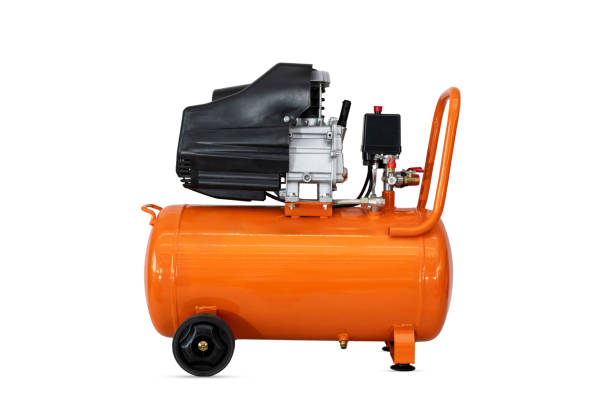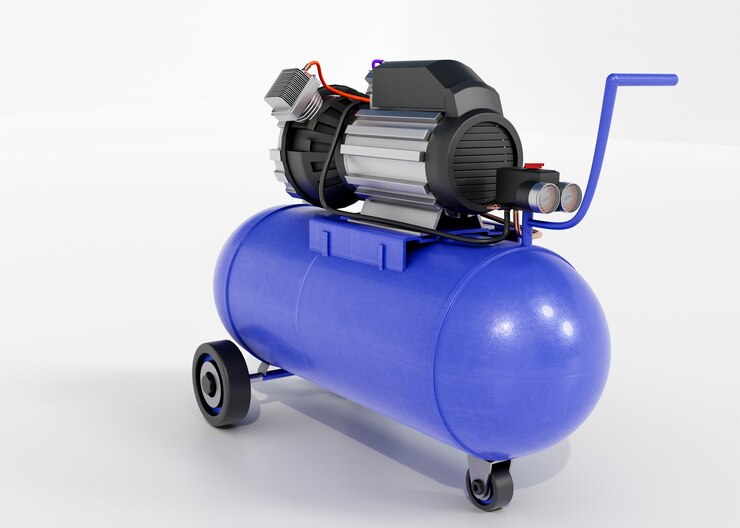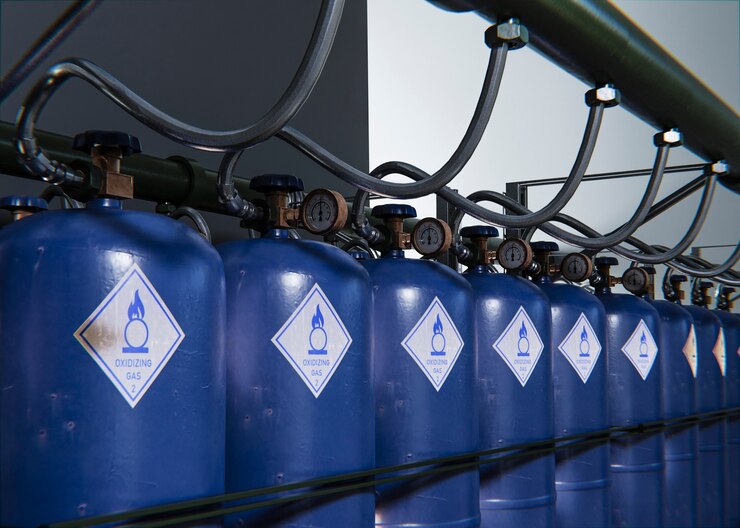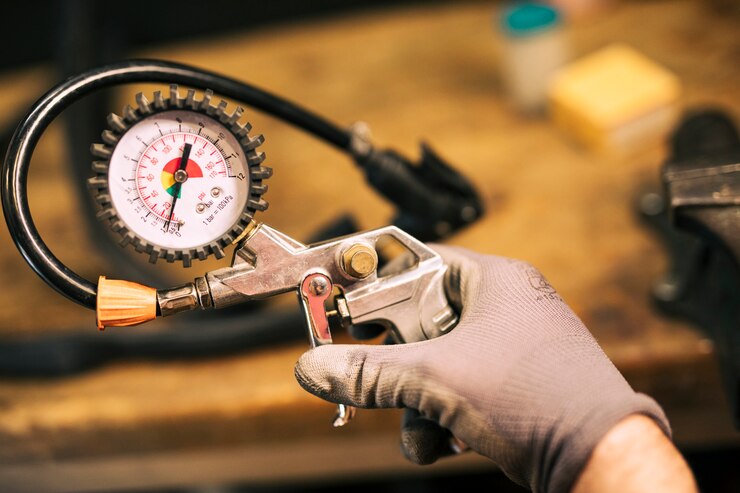Understanding of Copeland reciprocating compressor nomenclature
Cracking the Code: Understanding Copeland Reciprocating Compressor Nomenclature
Copeland reciprocating compressor nomenclature is well known for its dependability and effectiveness in a range of refrigeration and HVAC applications. It can be difficult to interpret the mysterious characters on their model numbers, though. With the help of this thorough reference, you will be able to decipher Copeland reciprocating compressor nomenclature, recognize replacement parts, and guarantee maximum system performance.
Understanding Copeland Compressor Specifications through Nomenclature
You may learn vital details about your Copeland compressor by interpreting the model number:
- Capacity:
The compressor’s cooling or heating capacity (e.g., BTU/hr) is represented by the capacity code and the multiplier digit(s). For detailed capacity interpretations based on the model series, consult Copeland’s technical documentation.
- Refrigerant Compatibility:
Depending on the application category, the model number may subtly reflect the compatible kind of refrigerant (e.g., R for R-22 refrigerant in earlier versions). Always refer to the compressor handbook or Copeland’s technical resources for clarification.
- Motor Specifications:
Based on the pertinent digits, the model number may indicate the motor voltage and phase (single-phase or three-phase), even if they are not necessarily expressly recorded. For exact information, see the Copeland documentation.
Codes for Copeland Compressor Oil Types: Selecting the Proper Lubricant
The kind of lubrication your Copeland reciprocating compressor nomenclature needs is indicated by the oil code found inside the model number. Maintaining appropriate lubrication, minimizing friction, and extending compressor lifespan all depend on using the right oil. The following is
- How to decipher oil-type codes:
Refer to the Copeland handbook for oil selection. Get the handbook from Copeland or approved suppliers. This guide will match the appropriate oil type to the model number of your compressor.
- Find the code indicated by the model number:
The oil code is often represented by the seventh and eighth digits (D-E). For information on the appropriate oil type based on the code, consult the oil selection guide.
Remember: Recall that using the wrong kind of oil might cause a compressor to fail too soon. For oil selection, always follow Copeland’s recommendations or get advice from a certified HVAC expert based on the model and use of your particular compressor.
Copeland Reciprocating Compressors: Powering Performance and Efficiency
Reciprocal compressors are well known for their dependability and effectiveness in a range of refrigeration and HVAC applications. They provide:
- Proven Performance:
Your system’s constant cooling or heating power is guaranteed by its tried-and-true architecture.
Cutting operating expenses, and cutting energy use using advanced technology.
- Dependable Performance:
Robust design and sturdy parts reduce maintenance requirements and downtime.
- Versatility:
A large selection of models meets a variety of needs, including refrigeration and air conditioning.
- Industry Acknowledgment:
Our company is in the HVAC/R sector with a reputation for excellence and innovation.
Purchase a Copeland reciprocating compressor for a strong, dependable, and effective answer to your heating and air conditioning requirements.
Identifying a Replacement Copeland Compressor: Choosing the Right Fit
It is essential to choose a suitable model when replacing a Copeland reciprocating compressor nomenclature. Here’s a methodical approach:

- Find the model number by using this:
Find the model number on the nameplate of the current compressor.
- Figure out the model number:
To comprehend the compressor’s specs, use the previously described techniques (capacity, refrigerant, voltage, oil type).
- Refer to the Copeland resources:
Look for replacement choices with compatible specifications on the Copeland website or in the catalos of authorized distributors to make sure they work with your system.
- Examine substitute models:
If a perfect match isn’t available, Copeland may be able to provide models that are comparable in terms of operational characteristics and capacity. Seek advice from an HVAC specialist to determine which acceptable substitute to choose.
How to Determine a Copeland Reciprocating Compressor’s Capacity
One of the most important factors in determining whether a Copeland reciprocating compressor can fulfill the cooling or heating requirements of your system is its capacity, which is commonly expressed in BTU per hour (BTU/hr). The following techniques can be used to determine your Copeland compressor’s capacity:
- Understanding Model Number:
Depending on the model series, the meaning may differ, however the capacity information may be encoded in the model number itself. This is how you go about it:
- Find the Capacity Code:
Examine the model number for any digits that could indicate the capacity range. These numbers may appear in the third and fourth slots, or in other places as well, depending on the series.
- Seek Advice from a Multiplier:
Certain models may have a specific number or letter designating a multiplier that must be used in conjunction with the capacity code in order to get the true BTU/hr value.
- See Copeland Resources:
It is strongly advised to refer to Copeland’s official resources, such as the following, for appropriate interpretation:
- Model Number Charts:
Use the Copeland-provided chart to get your particular model number. These charts often convert capacity figures (BTU/hr) from model number codes. These charts are available through authorized distributors or on the Copeland website.
- Technical Documentation:
The capacity code and any applicable multipliers may be interpreted differently depending on the Copeland technical documentation for your particular model series.
- Examining the nameplate on the compressor:
Usually, a nameplate attached directly to the compressor shows a number of details, including the capacity (measured in BTU/hour) in certain circumstances. This is a trustworthy source to verify the capacity of the compressor.
- Examining the manual for the compressor:
The capacity (BTU/hr) of the compressor type should be clearly stated in the Copeland compressor handbook that either arrived with your equipment or can be obtained from their website.
Important Note:
It’s always recommended to get advice from a competent HVAC professional or get in touch with Copeland directly if you have any questions about how to read the model number or understand capacity information.
Conclusion:
Our team at LEiYAO Compressors has extensive experience with Copeland products. Our goal is to consistently provide added value to our customers. Contact us today for expert guidance!



